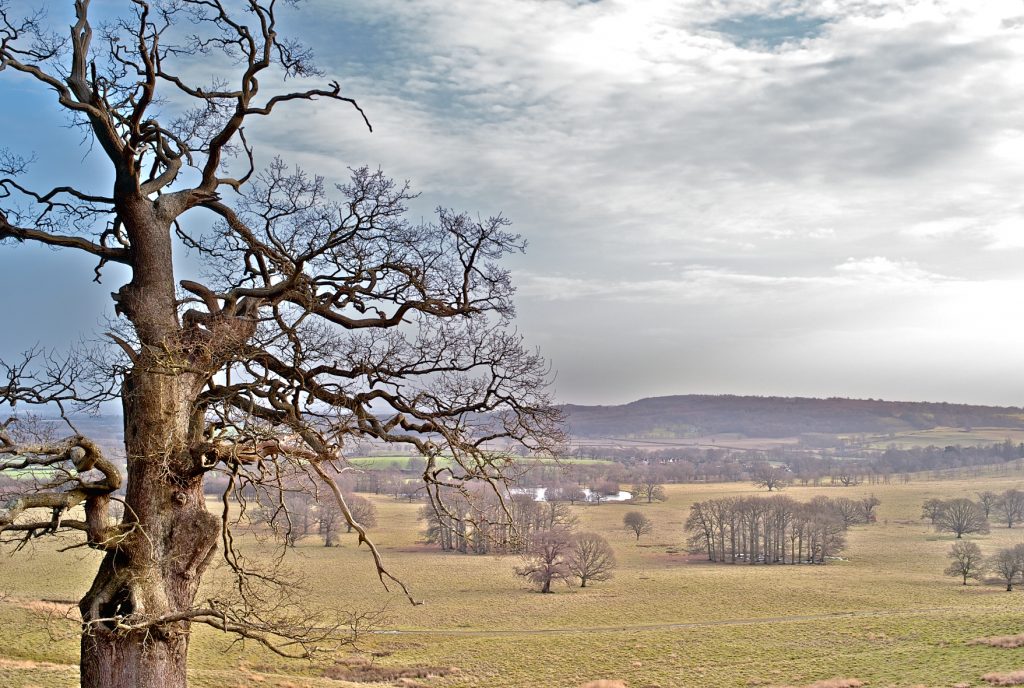

The Facts on Fracking

January 2, 2013
It’s a fact groundwater monitoring and fracking go hand-in-hand and never more so now the UK government has announced that it will remove a temporary ban on hydraulic fracturing across the UK.
So what is fracking? Wikipedia describes it as the propagation of fractures in a rock layer, by a pressurised fluid. Some hydraulic fractures form naturally – certain veins or dikes are examples – and can create conduits along which gas and petroleum from source rocks may migrate to reservoir rocks. Induced hydraulic fracturing or hydrofracturing (fracking), is a technique used to release petroleum, natural gas or other substances for extraction. This type of fracturing creates fractures from a wellbore drilled into reservoir rock formations.
An excellent 15 second guide to fracking can be found on the BBC here.
Fracking is not new, it was first introduced in 1947 but the modern technique of using horizontal slickwater fracturing, that made the extraction of shale gas economical, was first used in 1998 in Texas. The energy from the injection of a highly pressurised hydraulic fracturing fluid creates new channels in the rock, which leads to the recovery of hydrocarbons.
Fracking is widely used in the USA but does that necessarily mean it is good for the UK? We know the practice was halted in 2011 because it is believed to have caused earth tremors near Blackpool, Lancashire – so what has changed to make it OK in 2013?
Since the 2011 incident a group of experts have made assessments on the risks of fracking and found that future earthquakes as a result of the practice could not be ruled out but the risk from these was low and merely in line with natural occurrences. Recommendations on minimising the risks of structural damage from fracking have been put in place which includes the constant monitoring of sites and regulations that state: should a tremor over the specified limit occur, drilling will be suspended.
But what about the water and groundwater?
This question is many facetted! Some people have concerns regarding the fluid used in the fracking process which is usually a mixture of water, sand and chemicals. There have been worries in the US that the fluid is dangerous with 750 different chemicals and components contained in the fracking fluid. In the UK the ingredients of the fracking mixture have been approved but what goes into the initial stage of the fracking process is only half the story!
A considerable volume of liquid is required to be pumped into the ground and much of it comes back up again but now it is used or “produced water” so contains elements from the fracking process including organic hydrocarbons and naturally occurring radioactive material. This water will need to be ‘cleaned’ or recovered and, until that is achieved, needs to be stored in covered pits or containers. In some instances this water will need to be taken to another location to be cleaned.
The other water issue associated with fracking is the potential of the process to contaminate existing drinking supplies ie. the groundwater because it is very difficult to control the ‘leaks’ from the fracking process when it is taking place so far below the ground and it is not necessarily the fracking process but cracks in the wells or surface spillages. A report published in the journal Marine and Petroleum Geology, found that in the UK the possibility of fracking causing rogue fractures that would allow methane gas to contaminate water was a fraction of 1% but as a result a minimum vertical separation distance between fracking wells and water supplies of 600m (2,000ft) was recommended. And some scientists have proposed adding chemical tracers to fracking fluids as a way of confirming that any contamination of drinking water comes from the drilling process.
So we have the water covered but what about the Environmental impact?
If we use the US as our model for the benefits of fracking then we already know it has delivered reduced energy bills for the populace but that has come at a price. Fracking can occur in what were once inaccessible, built-up locations and this can cause additional road traffic, drilling noise plus the danger of spillage – and that’s in the US where the density of population per square mile is 84, in the UK it’s 650.
Let’s not put ‘all our eggs in one basket’ and back fracking at the expense of not investigating other, perhaps more sustainable ways to generate our much needed energy in the future.
You might also be interested in...
Van Walt Guidelines for sampling for PFAS in Groundwater
November 13, 2024We need to make clear, that at the time of writing, there are no ISO or EN standards which deal with the sampling of groundwater for PFAS.
Read MoreSpot measurement v. continuous environmental monitoring
August 25, 2023Environmental monitoring has developed considerably over the years. From the time when a consultant went out monthly or quarterly with a dip tape to monitor the groundwater level in a borehole, wind forward...
Read MoreMeasuring Nitrates (NO3, NO3-N) in the field
June 20, 2023The interest in Nitrates is nothing new. One way or another we have been measuring them for half a century.
Read MoreVan Walt Environmental Equipment
A small selection of our environmental equipment